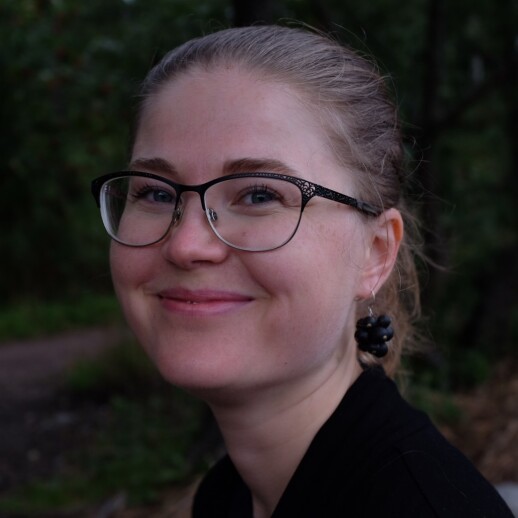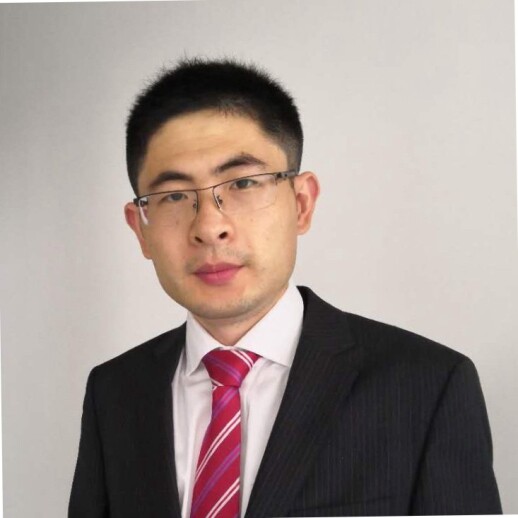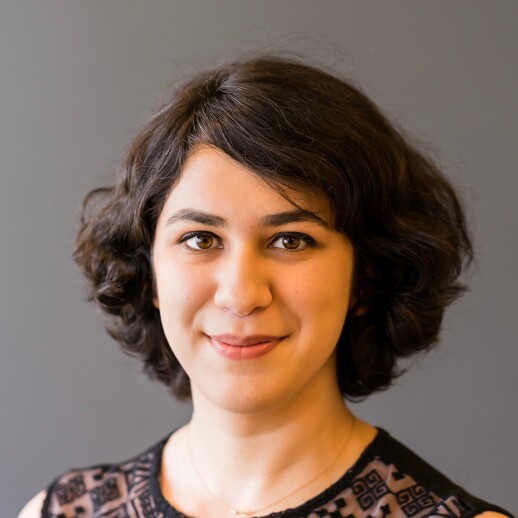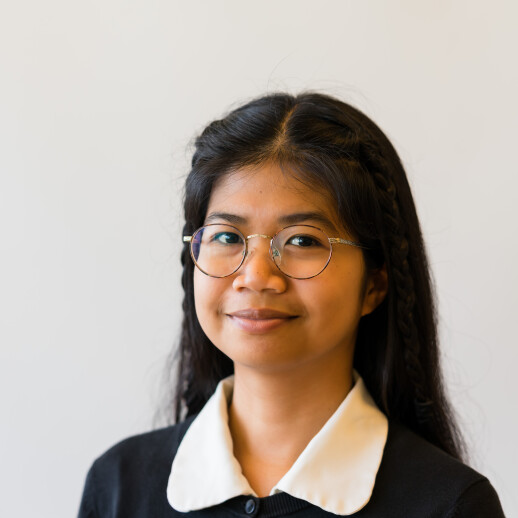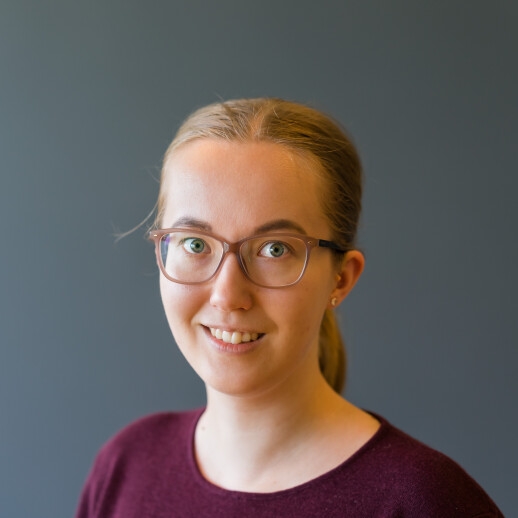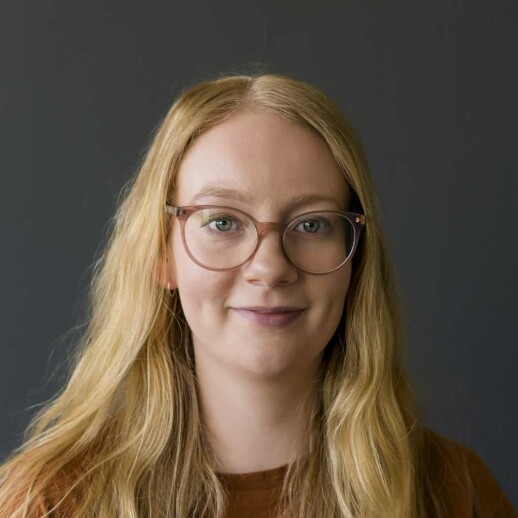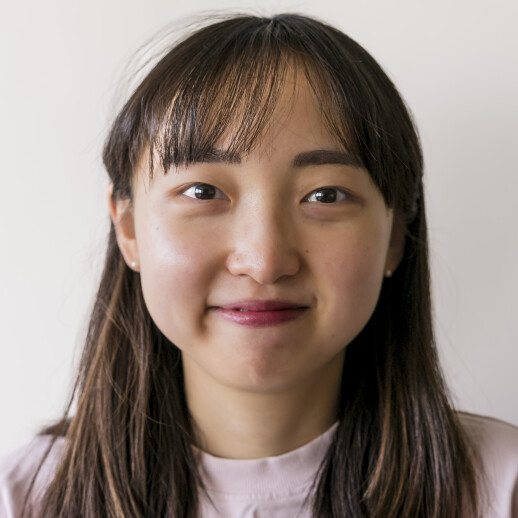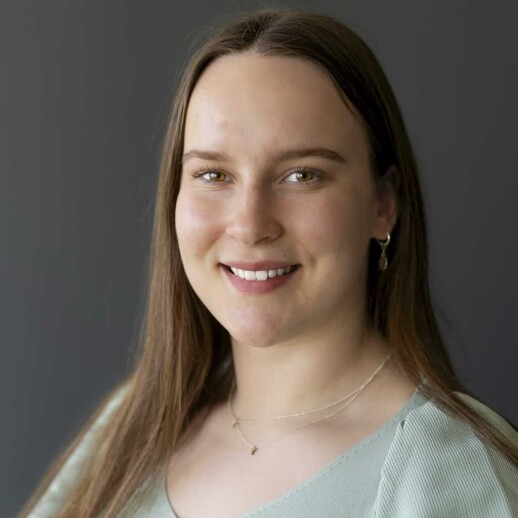Materials in Health Technology
Our research focus is in understanding the interface of materials in biomedical applications.
One of the main focus areas is developing sensor technologies for health care. Improved sensor technologies will be a crucial modulator in changing disease-focused health care to preventive health care. To this aim, sensitivity, selectivity, temporal resolution, stability and biocompatibility of the sensors need to be improved. Moreover, the clinical success of an implantable medical device is determined by the interaction between the implanted material and the human body. Therefore we need to develop implant surfaces that generate the most beneficial cellular or tissue response in the specific application. We strive to understand how the properties of the materials could be assigned to their performance. Fundamental characterization of the materials and in situ measurements of interfacial phenomena provide novel essential information about materials and their reactivity.
Current Projects
Water pollution is a growing concern, with aromatic compounds and micro/nanoplastics as major pollutants. Aromatic compounds like benzene and PAHs pose risks to aquatic life and human health, while micro/nanoplastics adsorb and transport pollutants, worsening environmental impacts. Effective remediation requires understanding their behavior and removal.
This project develops biomimetic electrodes for bioelectrochemical systems to enhance wastewater treatment. Biomimetic structures will capture micro/nanoplastics, while CNTs with controlled chirality target specific aromatic compounds. The research aims to optimize biomimetic designs, CNT chirality, and electrode performance, offering scalable, eco-friendly water purification solutions.
Funded by Maa- ja Vesitekniikan tuki ry (2025-2027).
Human-Centric Artificial Intelligence for Sustainable Future (HAIF) unites research groups from the fields of computing, materials science, social sciences, law and humanities. HAIF doctoral programme addresses the shortage of AI professionals by training doctoral candidates with future-proof skill sets.
For more information, visit https://haif.utu.fi/.
Co-funded by European Union’s Horizon Europe research and innovation programme’s Marie Skłodowska-Curie Action (2025-2029).
Women remain underrepresented in clinical trials, and the impact of the menstrual cycle on pharmacology is not tested. Menstrual cycle impacts have been reported for several medications, meaning that dosages can sometimes be too high or too low, and drug-induced arrhythmias are more likely. This project focuses on the development of an electrochemical sensor for the detection of female hormones. The sensor is based on biohybrid carbon nanomaterials. The measurement of hormones is helpful in clinical trials and, for example, in wastewaters, where estrogen pollution is a problem.
Funded by the Academy of Finland (2022-2026).
The health care industry is among the most carbon-intensive service sectors in the industrialized world. 60-80% of the carbon footprint of healthcare is due to clinical care, while current actions on carbon-neutral healthcare aim largely on greening buildings, electricity and gas. CLISHEAT will obtain a detailed breakdown of the footprint of clinical care. With this knowledge, we can focus the development of new health technologies to reduce the carbon footprint. Critically, it is estimated that harmful and low-value treatments compose 32% of the carbon footprint of the health care sector, and increased data may add overdiagnosis. CLISHEAT brings this point to the attention of health technology developers and provide insight how artificial intelligence could be used to prevent overdiagnosis. Finally, climate change is damaging human health. CLISHEAT focuses on developing technologies that will help the healthcare to adapt to the increasing burden caused by the climate change.
This consortium project is led by the Materials in Health Technology group and other partners are Ari Nissinen (Finnish Environment Institute), Matti Kaisti (University of Turku/Department of Computing), Pekka Marttinen (Aalto University/Department of Computer Science) and Kari Tikkinen (University of Helsinki/Faculty of Medicine).
Funded by Academy of Finland (2023-2025).
Past Projects
The population of the European Union is ageing rapidly, which will impose a heavy burden on the health care systems. New groundbreaking diagnostic and therapeutic methods must be realized to tackle this challenge. The biological environment sets significant challenges for measurements, and biofouling has been proposed as the main reason for sensor failure in vivo. Fouling involves the passivation of the implant by proteins and lipids (and sometimes by the analyte itself) and by uncontrolled host response that results in the formation of a scar-like capsule around sensors. In this project, we will utilize the novel concept of structured carbon nanomaterial electrodes to solve the above-mentioned problems and outperform conventional structures. The project outcome will result in applications of personal diagnostic devices and benefit neuroscience research.
Funded by the Academy of Finland (2019-2025).
The project aims to develop innovative drug delivery systems with a focus on three key areas: targeted delivery, sustainable and scalable production methods, and the stable formulation of biological drugs. The innovation lies in combining mesoporous silica nanoparticles with polylactide (PLA) sponges or fibers to improve drug delivery performance. A surface liquid spraying method will be used to create porous structures, addressing challenges in encapsulating and controlling the release of biologically active compounds. This approach offers a promising solution for more effective and controlled drug therapies.
Funded by Research Council of Finland (2025).
